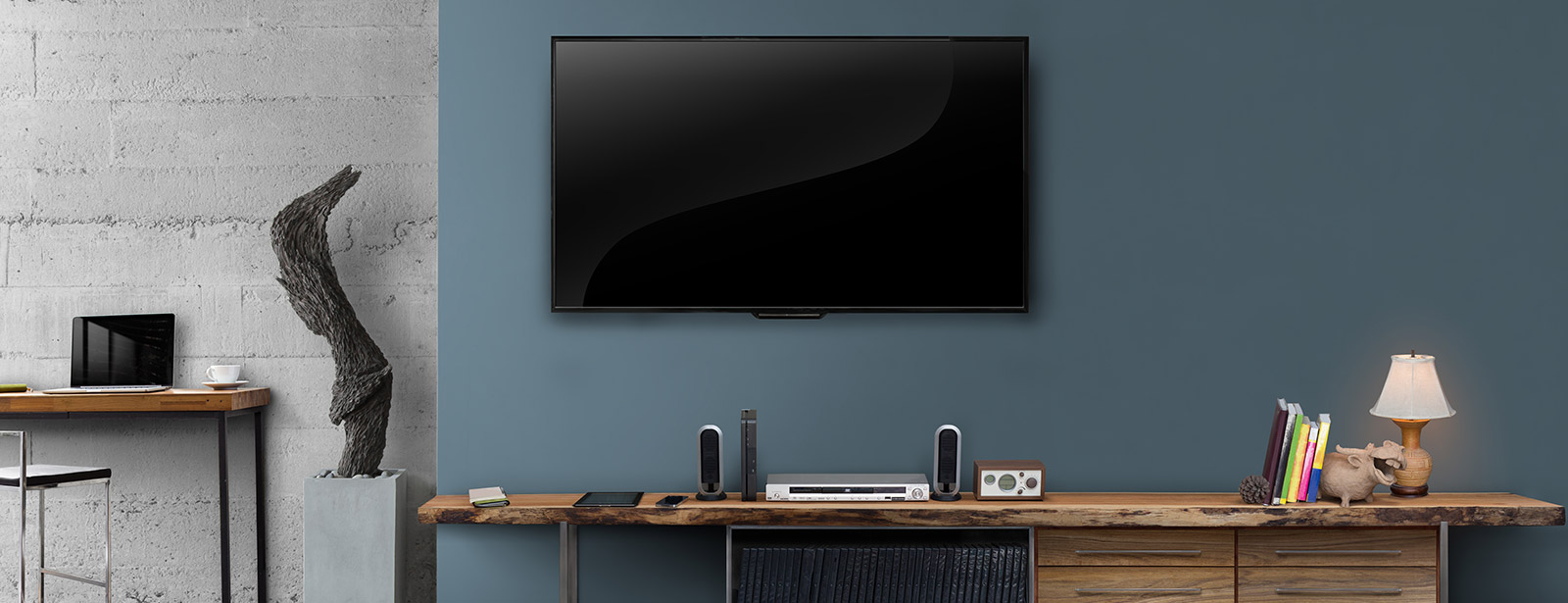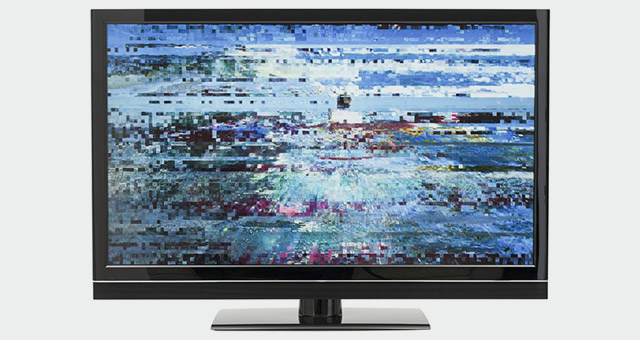Have you had it up to your eyeballs with digital TV? Gone is the comfort of the analog picture. Now, you’re left to resort to reading a book on the patio. What’s next, a bottle of wine?
This is all because digital TV signals move through the air like water mixes with oil. It’s definitely not resilient like the old analog TV signal, which delivered in rain, sleet, snow or shine.
It’s time to get TV back into your life.
Double-Rescan
The Federal Communications Commission designed a process called double-rescanning, which erases and then reprograms the channels in the converter box or digital TV’s memory.
To double-rescan, you’ll first need to disconnect the antenna from the converter box or digital TV. Then disconnect the converter and/or digital TV power supplies from the wall. Wait a minute before plugging them back in. The antenna should still be disconnected.
With the antenna disconnected, run the channel scan function on the converter box or digital TV. When the scan completes you will have completely removed any channel data the converter box or digital TV had in its memory.
Now, it’s time to rescan for real. Do this by reconnecting the antenna to the converter box or digital TV and running the channel scan function again.
Adjust the Antenna
Move the antenna to a different spot on your entertainment center and try realigning it up/down and left/right.
The FCC says that moving the antenna a few feet can reduce interference caused by competing for electronics equipment, like a DVD player, converter box, or the TV.
Relocate Antenna
For indoor antennas, you’ll want to get the antenna as close to the outside world as possible. Move it close to a window so it gets an unobstructed look at the open air.
You’ll also want to extend the antenna rods—also called dipoles—all the way up if you’re using rabbit ears.
Moving an antenna can present a few logistical issues. For starters, you might need to increase the length of the coaxial cable on the antenna in order to move it by a window. To make this happen you’ll need to buy more coaxial cable and a coaxial extender. These items are sold at most hardware and electronics stores.
Once you get the antenna installed you’ll want to perform the double-rescan process described above.
Before relocating the antenna, go to Antenna Web to get an idea of where the TV transmission towers are in relation to your address. Then point the antenna out a window that faces the transmission towers to increase your odds at capturing a good digital TV signal.
Buy a New Antenna
My first recommendation is to ditch that indoor antenna for an outdoor model.
Just be sure to check out Antenna Web before buying an outdoor antenna so you can get the most accurate antenna recommendation for your address.
If the outdoor antenna isn’t feasible then try a different type of indoor antenna—one specifically designed for digital. The new digitally-enhanced antennas won’t look like an antenna that you’re used to. They’re flatter by design, which helps them capture the digital TV signal.
Antenna Amplification
The key criteria to reap the benefits of amplification is that you are already capable of receiving a digital TV signal. The signal can be poor, but at least it’s there.
If the antenna doesn’t pick anything up then amplification probably isn’t an option. You’ll probably need to think about buying an outdoor antenna.
Amplification is a tricky concept. You can compare amplifying a digital TV signal to water barely falling our of a hose. Amplification for an antenna is like attaching a nozzle to the end of the hose so you can increase the hose’s spraying power.
Amplification isn’t a guaranteed fix for every poor TV reception scenario but it is an option. You also want to be sure not to over-amplify the signal. You can blow out a TV tuner in the same way that you can blow out a car speaker when cranking the volume.
Consider the Alternative
Give up your TV. No, not really. But, maybe you can supplement your TV watching with programming on the Internet. You might even consider going in with someone on a satellite service package and splitting the cost or paying for the cheapest basic cable service.
You might also contact your local broadcast stations to see what they can do to help. It’s possible they are having technical difficulties that you are unaware of.





